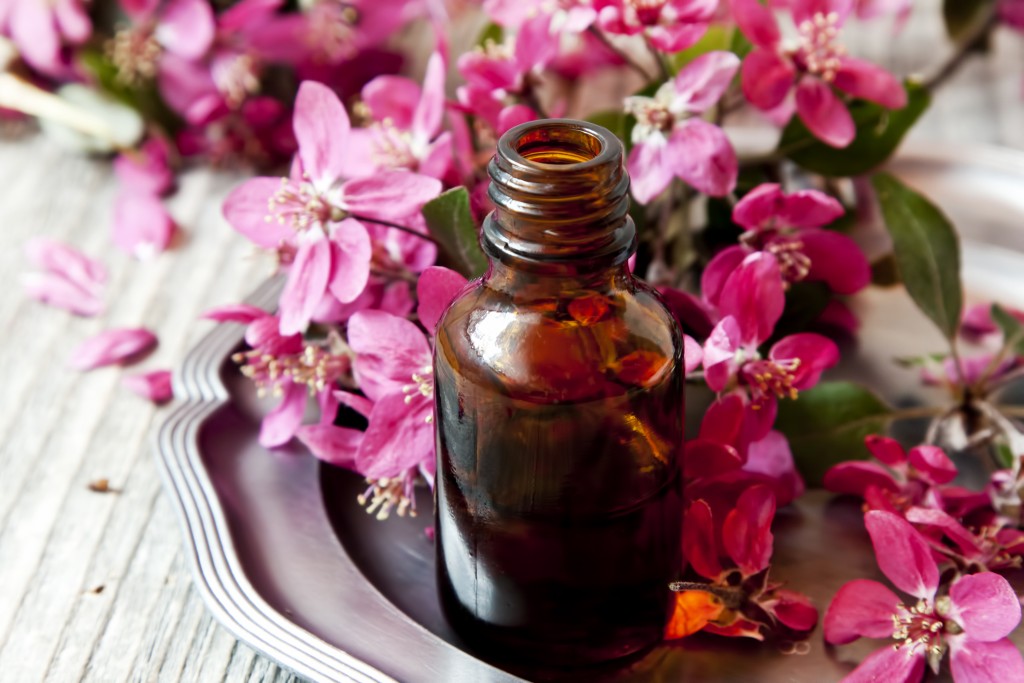How can natural solutions like essential oils enhance the lives of both you and your family? There are a number of ways. And, more and more, parents are finding how effective they can be at helping their children in numerous ways — both at school and at home.
For instance, lavender is an essential oil that delivers calming benefits, making it an ideal fix for those children that struggle with finding quality sleep. It can also help relieve stress. So if your child is fretting about homework or the various social activities during the school hour, essential oils provide a solution that is both safe and natural.
Which oils to use?
When it comes to the world of essential oils, at first it can seem a little overwhelming. After all, there are dozens of oils to choose from and determining which one to use for which purpose can be a daunting endeavor. For starters, consider these issues and the oils that can work to resolve them.
-
Calming effect: Dilute a drop of lavender with a carrier oil and apply to the bottom of the feet for relaxation.
-
Digestive support: Dilute a drop of lavender and orange with a carrier oil and rub on your child’s tummy in a clockwise motion.
-
Improved respiratory health: Dilute lemon and apply to the chest and feet. Also combine with frankincense for improved support.
-
Stomach ache: Combine a drop of orange and roman chamomile with a carrier oil and mix in warm bath water.

How to apply essential oils
Two of the most popular methods for applying essential oils are:
-
Topically: Apply directly to the skin, with a “carrier oil.”
-
Diffusion: Mix with water and run through a diffuser.
To be clear, applications depend largely on the type of oil, the brand of the oil, and at what age the oil will be applied. While there are oils that can be applied “neat” (meaning, no dilution), for children it is always recommended to use a carrier oil, such as coconut oil, jojoba oil or grape-seed oil.
Remember that quality matters
When applying essential oils, whether it be for you or your children, the quality of the product cannot be overlooked. Not only will you gain more potent benefits from a higher-grade oil, you’ll be able to ensure the safety of the application.
There is a wide range of quality when it comes to these life-changing products. For starters, some oils are therapeutic grade, while others are not. Moreover, some manufacturers produce 100% pure oils, while other brands contain additives.
Consider this general list of guidelines:
-
Where the plants are sourced and whether they’re sourced from the regions they’re indigenous to.
-
Quality control measures taken by the distiller, along with adequate labeling standards.
-
If ingredients are manufactured appropriately by experienced workers.
Simply put, you want safe and effective oils that will deliver the benefits you and your child need.
Think about essential oil safety
To ensure safety, don’t stop with the quality of the brand. Essential oils can be very potent (particularly therapeutic-grade products), so applying them with the right measures is important to prevent skin irritation or other side effects.
Essential oils are highly concentrated, and therefore, can cause allergic reactions. While oils like lavender and chamomile are among the safest, it is still recommended that they are used sparingly and diluted with a carrier oil. This is particularly important when applying essential oils to children, because their skin is generally more sensitive than adults.
Incorporating essential oils into your daily routine harbors the benefits of enhancing both you and your children’s lives. Simply find the symptom you’re looking to address and be sure to find the oil and brand that is right for you.
A teacher and natural health guru, Heather Koenig has a passion for all things natural. In addition to living a natural lifestyle herself, Heather loves sharing her expertise with others on her blog, Natural Remedies.








